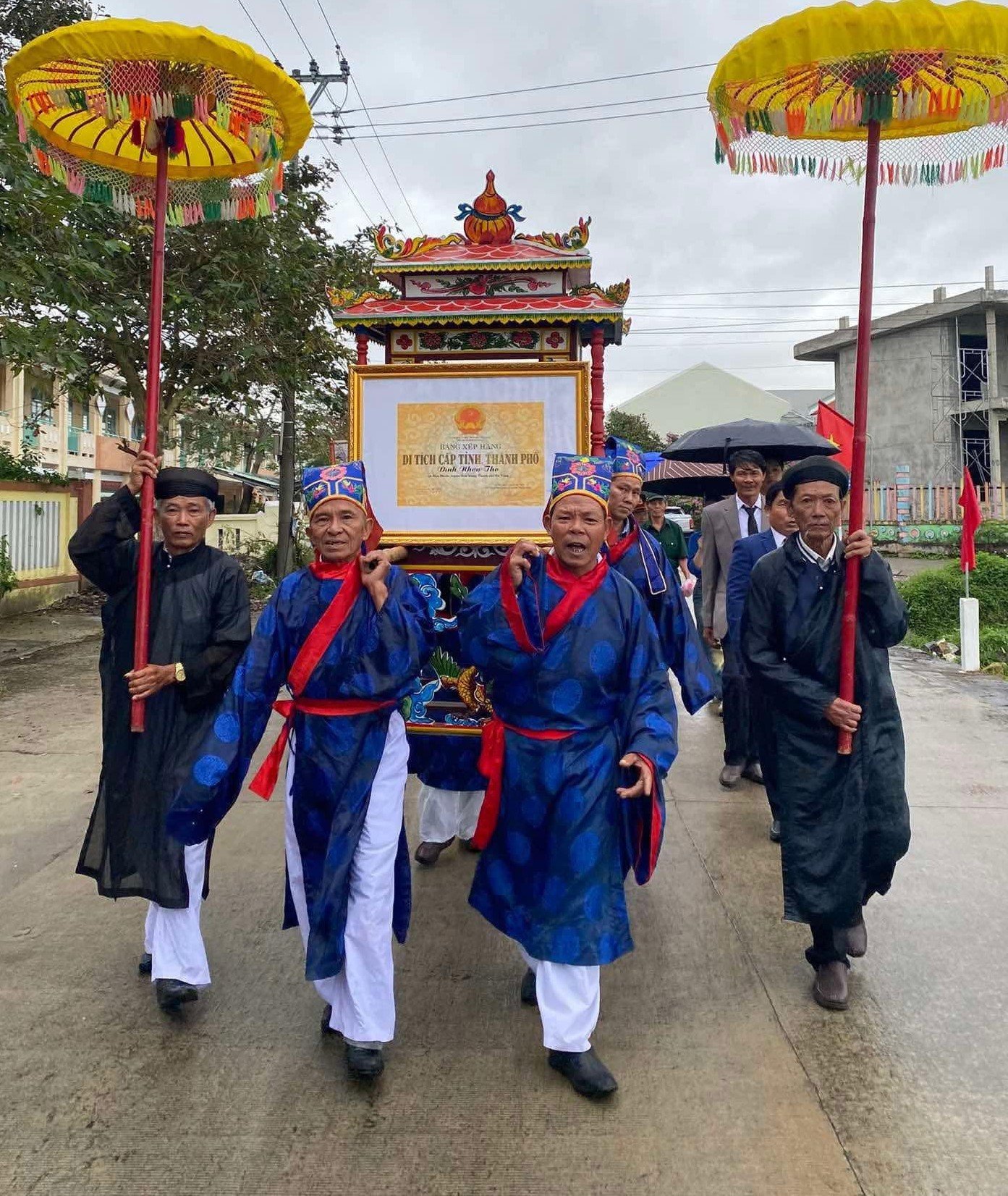 |
| People of Nhon Tho village held a ceremony to receive the ranking board of city-level historical relics on February 13, 2025. Photo: TIEU YEN |
According to historical sources, Nhon Tho village was formerly part of Khanh Tho commune, Thanh Quat (Quit) Trung canton, Dien Khanh district, Dien Ban prefecture. Together with neighboring villages such as Qua Giang, Tan Hanh, Mieu Bong, the residents here reclaimed land, cultivated and built a life in the new land. After a period of stabilizing their lives, the people of Nhon Tho village built a small communal house made of bamboo and thatch in Tra Ban as a place to worship the gods and the ancestors of the Chau, Nguyen, Lam, and Ho families. This was also a place where people gathered, participated in community cultural activities, discussed village affairs or helped each other when facing difficulties and misfortunes. In 1720, the communal house was moved to Chiem Lai with the same design of bamboo and thatch walls.
After a long period of being affected by natural disasters and wars, the communal house has seriously degraded but has always been cared for by the villagers to restore and repair. Notably, in 1937, the communal house underwent a major restoration with a more solid architecture: a front hall, a back hall, brick walls, yin-yang tiled roof, two gong and drum floors and elaborate decorations showing unique traditional art. The traces of that restoration are still boldly imprinted on the purlins with clearly engraved Chinese characters. The subsequent restorations in 1957, 1977 and the most recent in 2005 all kept the same architecture as before.
In particular, according to the history of the Hoa Phuoc Commune Party Committee, during historical periods, Nhon Tho communal house was also the place where many important local events took place. Notably, during the 9 years of resistance war against the French and the 21 years of resistance war against the Americans to save the country, under the roof of the communal house, the provisional revolutionary government organized propaganda and mobilized people to follow the revolution. A typical example is the coordinated battle between the main force and local guerrillas against the French colonial convoy carrying military equipment from Da Nang to Tam Ky. This was also the place where the first National Assembly election took place, marking the birth of the National Assembly of the Democratic Republic of Vietnam in 1946.
Nhon Tho Communal House has become a place for religious activities, a cultural center that contributes to preserving traditional customs, village festivals associated with agricultural lifestyle and community solidarity. With its typical historical, cultural and architectural values, on January 6, 2025, the Chairman of the People's Committee of Da Nang City signed Decision No. 44/QD-UBND, ranking Nhon Tho Communal House as a city-level historical relic. This is the fourth relic in Hoa Phuoc commune to be ranked, after the Qua Giang clan's church (national relic), Qua Giang communal house and Dinh Qua Giang clan's church (city-level relic). The ranking of the communal house has a special significance in community life, bringing pride to the government and people of Hoa Phuoc commune, as well as recognizing the efforts to preserve and conserve the heritage values of the people of Nhon Tho village for many centuries.
SWALLOW
Source: https://baodanang.vn/channel/5414/202504/noi-dai-truyen-thong-dinh-nhon-tho-4005718/





















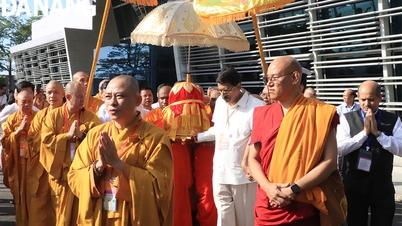
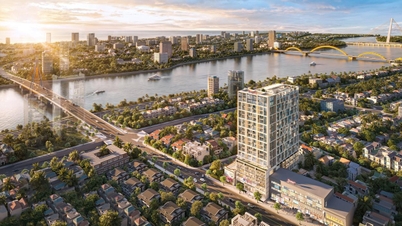
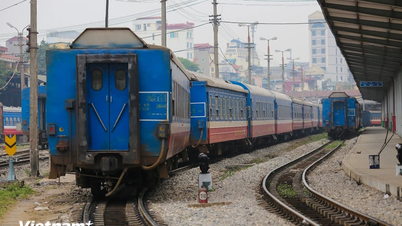

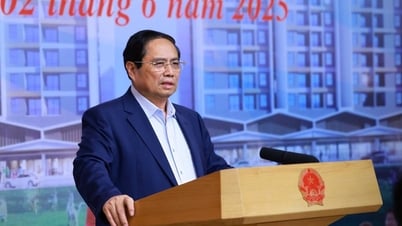














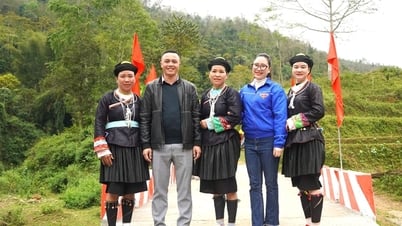

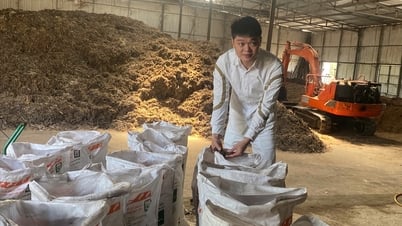




























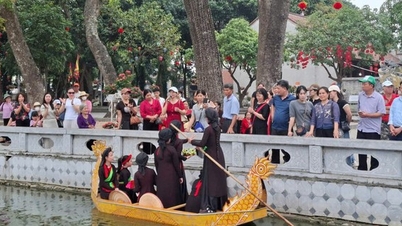
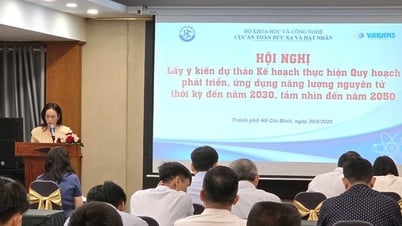













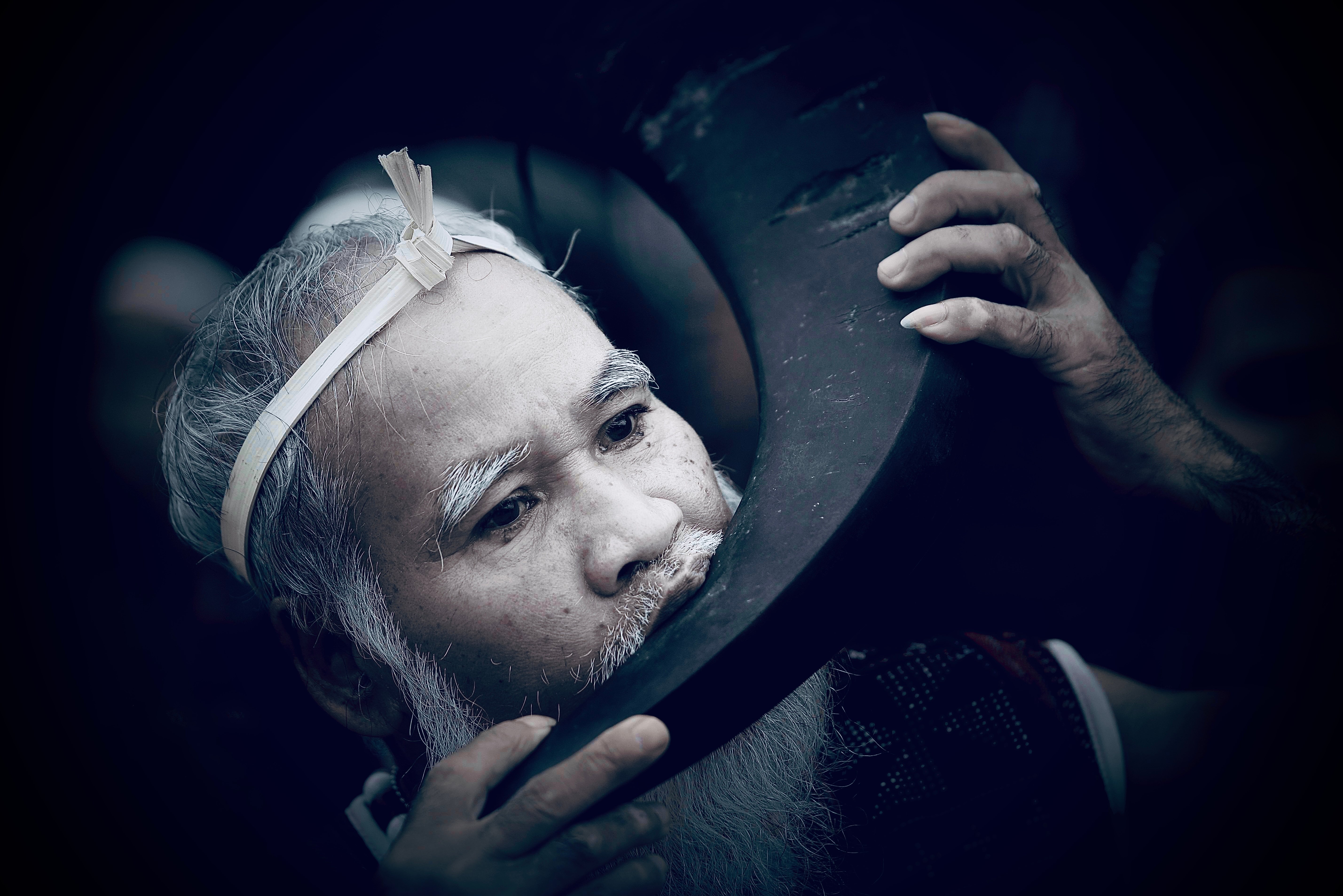



Comment (0)